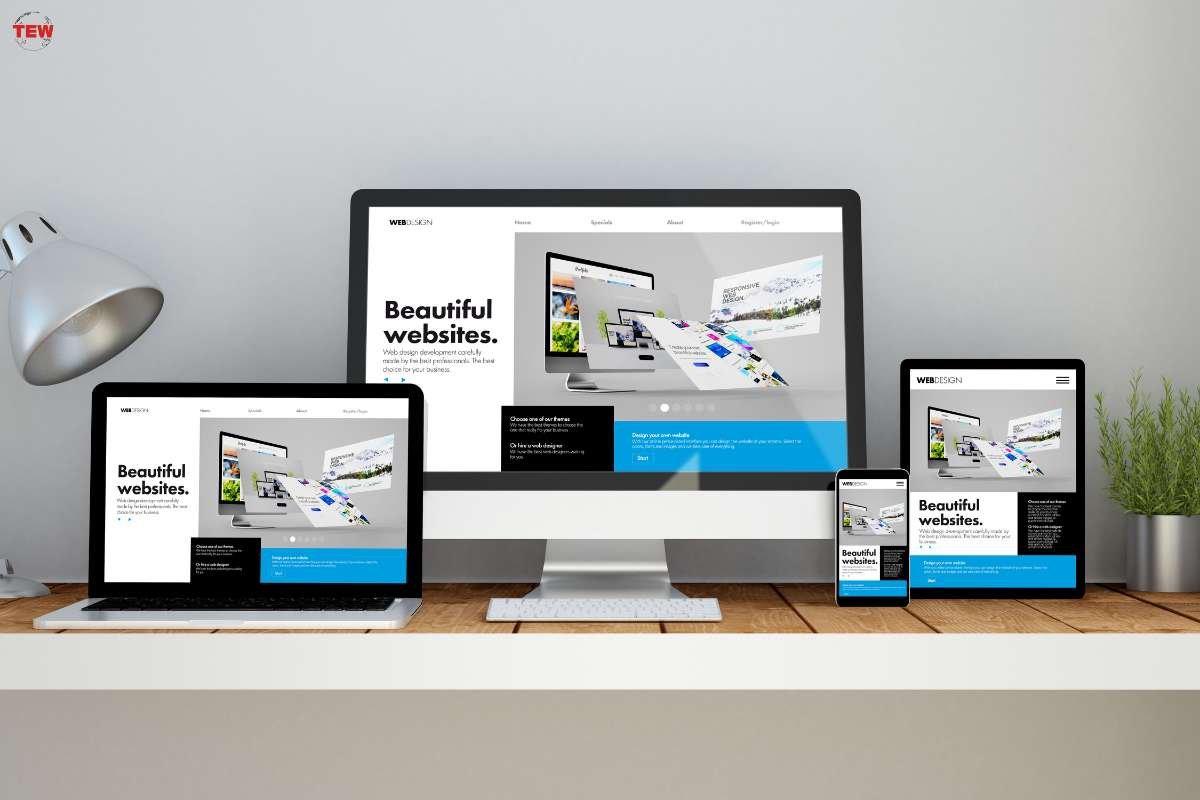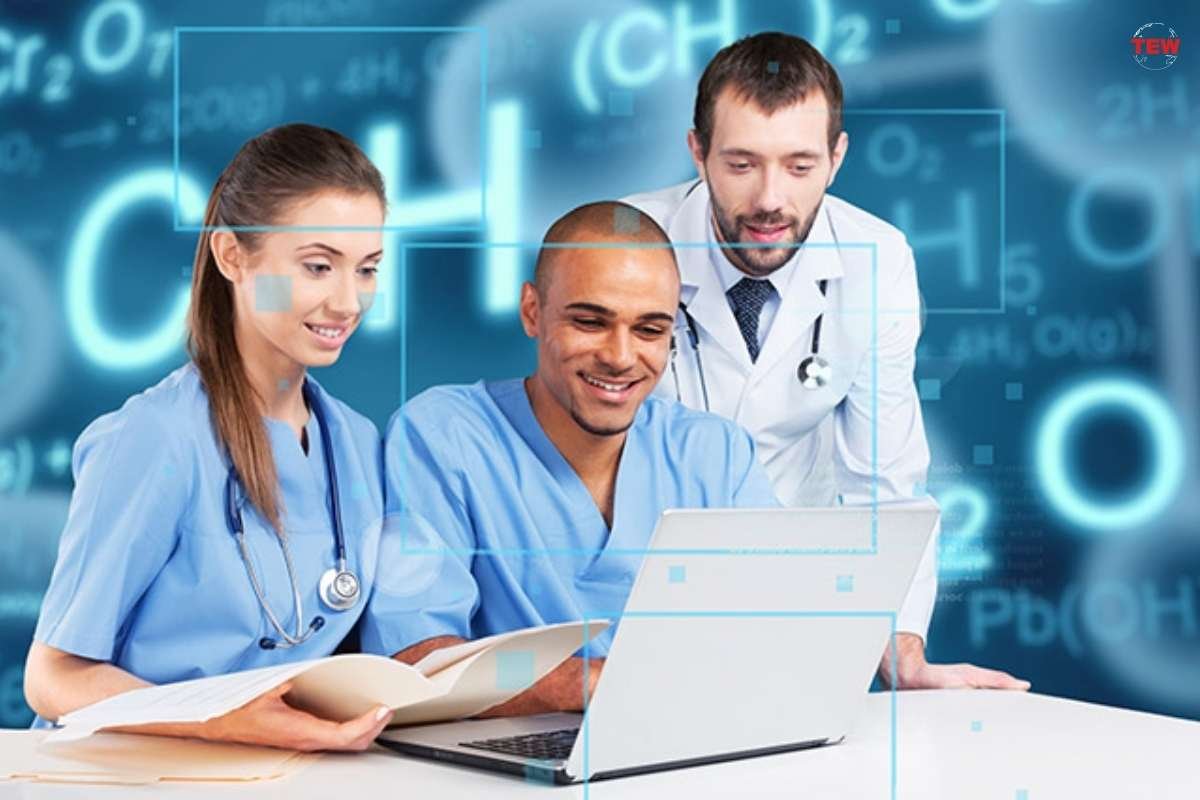There has been a rapid evolution of technology that has catapulted communication to unprecedented levels, transforming the way we connect and interact. IoT in healthcare has undergone a significant transformation. A simple illustration is the ability to consult with your doctor face-to-face, even when not physically in the same location.
The Internet of Things (IoT) has changed how we conduct business. According to the National Library of Medicine, globally, the number of internet-connected devices surpassed 21 billion in 2020, marking a fivefold increase compared to the count four years earlier. With a network of devices connected to the web, people can communicate and do business while miles away from each other. This technology promises to transform healthcare delivery, ushering in a new era of efficiency, precision, and patientcentric services.
IoT, however, comes with challenges, and this article will uncover innovative healthcare IoT solutions, explore the challenges of IoT in healthcare, and understand the impact of smart devices on healthcare and future possibilities.
Potential of IoT in Transforming Healthcare Delivery
The potential of IoT in healthcare is profound. IoT empowers doctors to serve and treat patients long after they have parted with them.
Traditional Scenario: In the past, when someone had a health condition, they usually visited the doctor for periodic check-ups. The doctor’s understanding of the patient’s health was limited to these occasional visits, relying on the patient’s recall of symptoms. Patients could also forget to take their medications, leading to inconsistent treatment.
IoT Transformation: By interconnecting smart devices for healthcare and systems, healthcare professionals gain real-time insights, enhancing decision-making, greatly reducing hospital visits and costs, and leading to a more proactive and personalized healthcare approach. The following are examples of how IoT is transforming healthcare.

• Remote monitoring devices monitor vital signs like heart rate, blood pressure, and glucose levels. Remote monitoring devices continuously track vital signs, including periods of light sleep, capturing comprehensive health data such as heart rate, blood pressure, and glucose levels. This data is sent to the doctor’s office in real-time. So, instead of waiting for a scheduled appointment, the doctor can monitor the patient’s health regularly, catch potential issues early, and adjust the treatment plan promptly.
• Smart medication dispensers can send reminders to patients’ phones, ensuring timely and accurate medication adherence. Doctors can also track if the prescriptions are being followed.
• Asset tracking helps with the effective use of equipment by locating where the equipment is when required.
• IoT in healthcare with personalized service and superb customer service communicates to its customers the queue status of appointments and wait times, eliminating time wastage.
• IoT in healthcare inventions are changing health insurance by giving more personalized and instant health information, helping insurance companies provide better and customized coverage, and making people’s health better in the long run.
Wearable Healthcare Technology: Devices, Applications, and Impact on Patient Monitoring
Wearable devices represent a cornerstone of IoT in healthcare. These devices go beyond fitness trackers, offering sophisticated capabilities for continuous health monitoring. From tracking vital signs to detecting anomalies in real-time, wearables empower patients and healthcare providers, fostering a more collaborative and preventive healthcare approach. This shift towards early detection and continuous monitoring enhances overall health management and contributes to proactive wellness strategies.
Examples of Top Wearable Medical Devices and Their Significance for Medicine
IoT has contributed to an upward trajectory of wearable medical devices. Understanding the significance of these devices is crucial for patients and healthcare professionals alike. There have been remarkable innovations, which include:
• Smartwatches equipped with ECG monitors: Wearable devices with ECG monitors enable continuous heart monitoring. If an irregularity is detected, the patient and their doctor are notified immediately, allowing for rapid intervention.
• Smart IoT devices: They allow continuous monitoring, reducing hospital visits for patients with chronic conditions who might need frequent hospital visits for check-ups.

• Handwashing adherence monitors: These devices remind people to clean their hands upon every hospital visit.
• Continuous glucose monitoring systems: For instance, a patient with diabetes can use a connected glucose monitor, and their doctor can track the data remotely.
• Emotional wellness check devices: These devices are used to track the presence of depression and mood swings. By tracking one’s heart rate and other metrics that could lead to depression, there is timely intervention.
• Smart inhalers: They help monitor triggers and frequency of asthmatic attacks
Future Horizons: Exploring Upcoming Trends and Innovations in IoT for Healthcare
Implementing IoT in healthcare introduces complexities. Security concerns, interoperability issues, and the vast amounts of generated data pose challenges. Health-care IoT Solutions to these hurdles are crucial for unlocking the full potential of IoT in revolutionizing medical services.
Looking ahead, the future of IoT in healthcare holds exciting possibilities. Necessity is the mother of all invention. Innovations such as ingestible sensors, AI-driven diagnostics, and blockchain for secure health data management are on the horizon. Understanding these trends is essential for staying at the forefront of healthcare advancements.
Some of the upcoming trends include:
• Investing in data privacy safeguards: Internet usage means vulnerability to cyber attacks. Healthcare providers are investing to counter the attacks and safeguard patients’ data and IoT gadgets.
• Moving data to the Cloud: Healthcare providers are using the Cloud to store their data for enhanced accessibility and efficiency and reduced cost.
• Internet of Medical Things(IoMT): IoT medical gadgets help with disseminating information to healthcare providers in real-time, helping them make smart decisions.
• Remote Patient Monitoring: This has been on the rise, especially during the pandemic, and is being widely adopted even post-pandemic. It enables the transmission of real-time health data from patients to healthcare providers, aiding with swift interventions for chronic conditions and reducing hospital readmissions.
• Digital payment Integration: Healthcare providers are collaborating with Fintech companies to come up with electronic payment modalities and make other operational improvements.
IoT’s Impact on Medical Services and Patient Outcomes

IoT has a direct impact on medical services and patient outcomes. Improved connectivity means healthcare providers will have timely interventions, reduced hospital readmissions, and better management of chronic conditions. IoT has been paving the way for a more patient-centric and efficient healthcare ecosystem.
The challenges of IoT in health-care are surmountable with innovative solutions. Embracing the smart healthcare revolution requires an understanding of interconnected systems and the pivotal role of smart devices. Kindly visit the Yalantis Industries Website to explore how IoT is revolutionizing software development in healthcare.




